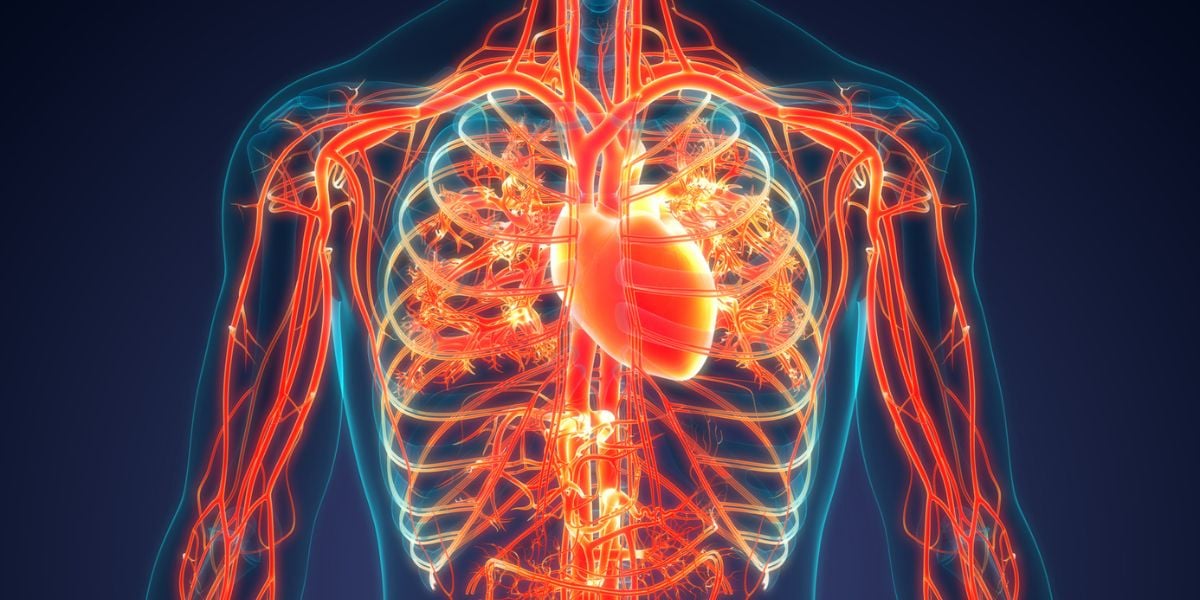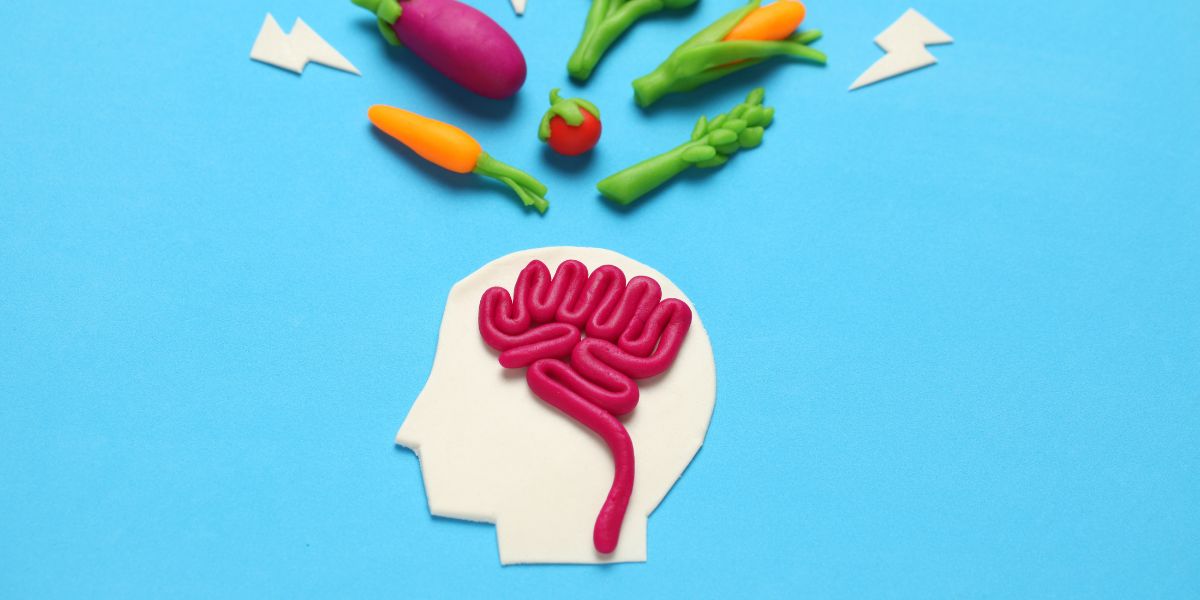Biofeedback uses electronic devices to help people control what are normally involuntary functions.
Biofeedback therapy supports people to gain awareness and control over body processes such has heart rate and other physiological processes that are normally not under conscious control.
Biofeedback can be used to treat a number of conditions which may result from diabetes including circulation, incontinence, and blood pressure
How biofeedback works
Biofeedback can be used in a number of ways. This may include the patient wearing electrodes which will record some form of biological activity, for example; muscle contractions, skin temperature, breathing, pulse rate or sweating. This activity is then fed back to the patient by means of a sound or visual display.
The patient, becoming aware of how their body is reacting can learn to exert beneficial influence and effects. This could include for example having a calming affect on heart rate, and better control of muscles
To date, most of the studies into the use of biofeedback in people with diabetes have been small and therefore it is hard to assess how useful the therapy is.
Hba1c reduction
A 2005 study by the Medical University of Ohio found that 3-month usage of biofeedback and relaxation therapy resulted in lower HbA1c levels than the control group. The study was small and included 30 participants who completed the therapy. [301]
Increasing blood flow
A study in 1984 of 20 participants, 10 of which had diabetes, underwent temperature biofeedback therapy and the results showed that skin temperature of the hand increased more in the group with diabetes.
The researchers noted that this may indicate that the therapy increases blood flow in extremities for people with diabetes. This could indicate benefits for people with conditions such as peripheral vascular disease but larger studies would be needed to confirm this. [302]
Healing of foot ulcers
A 2001 study showed that use of biofeedback therapy was associated with a greater success rate in the healing of foot ulcers 14 out of 16 participants receiving biofeedback relaxation therapy experiencing healing of ulcers compared with seven out of 16 in the control group. [303]
Improving fecal continence
Fecal incontinence, an impaired ability to control bowel movements, is a possible long-term complication of people with diabetes.
Biofeedback is used to assist people to have improved control of their bowel. A study from 2009, of 108 patients with average age of 60 years old, showed that biofeedback had significant success in reducing the severity of fecal incontinence.
Whilst the study did not directly recruit people with diabetes, the way the therapy works may have potential for helping people with diabetes. [304]






